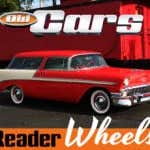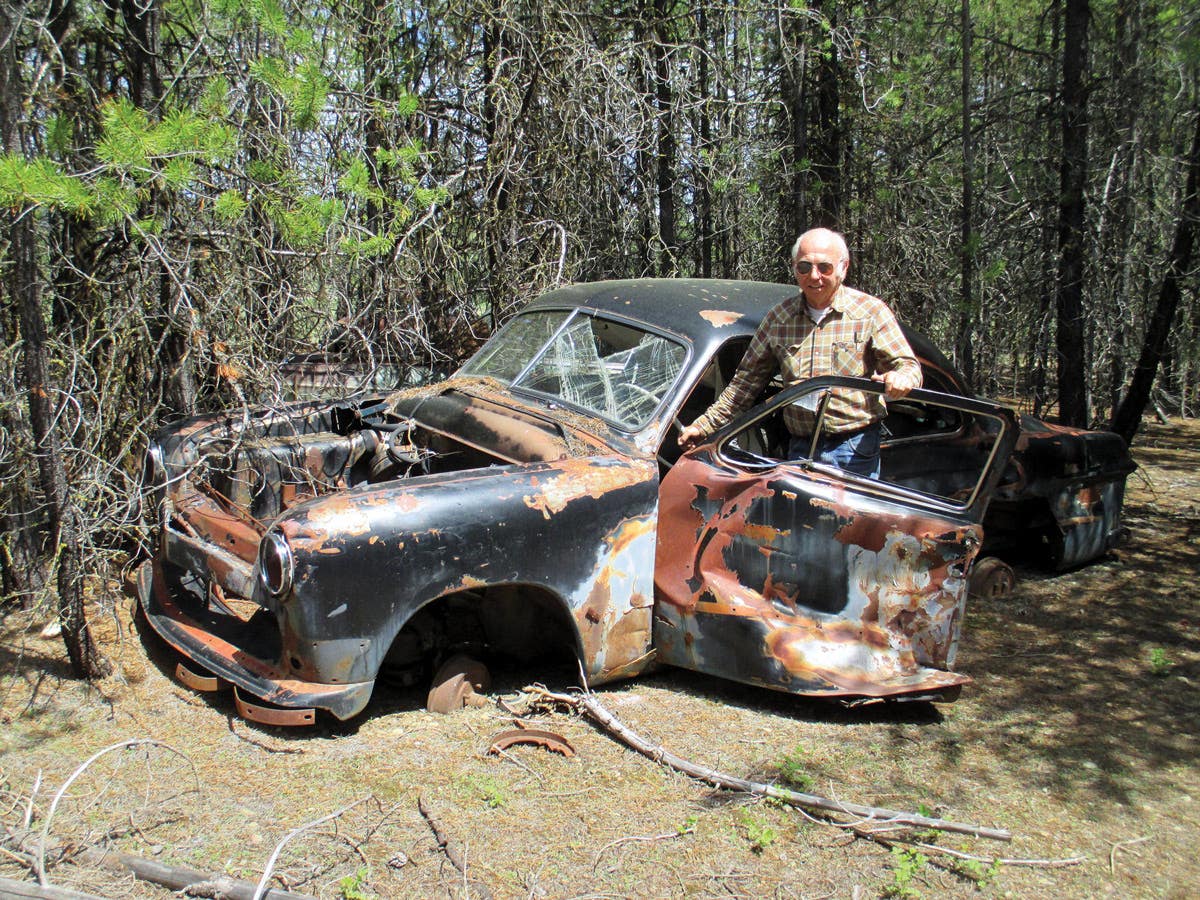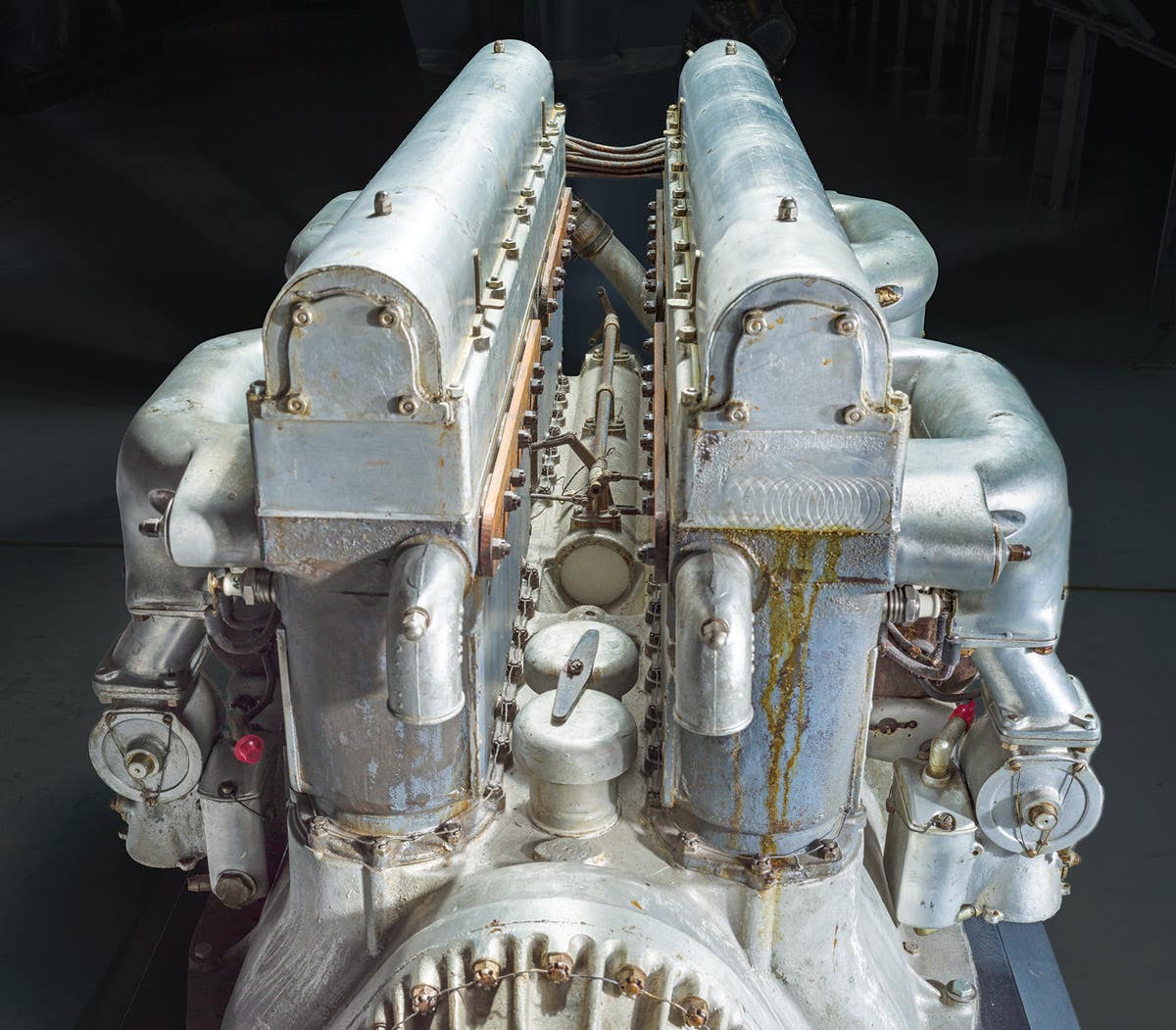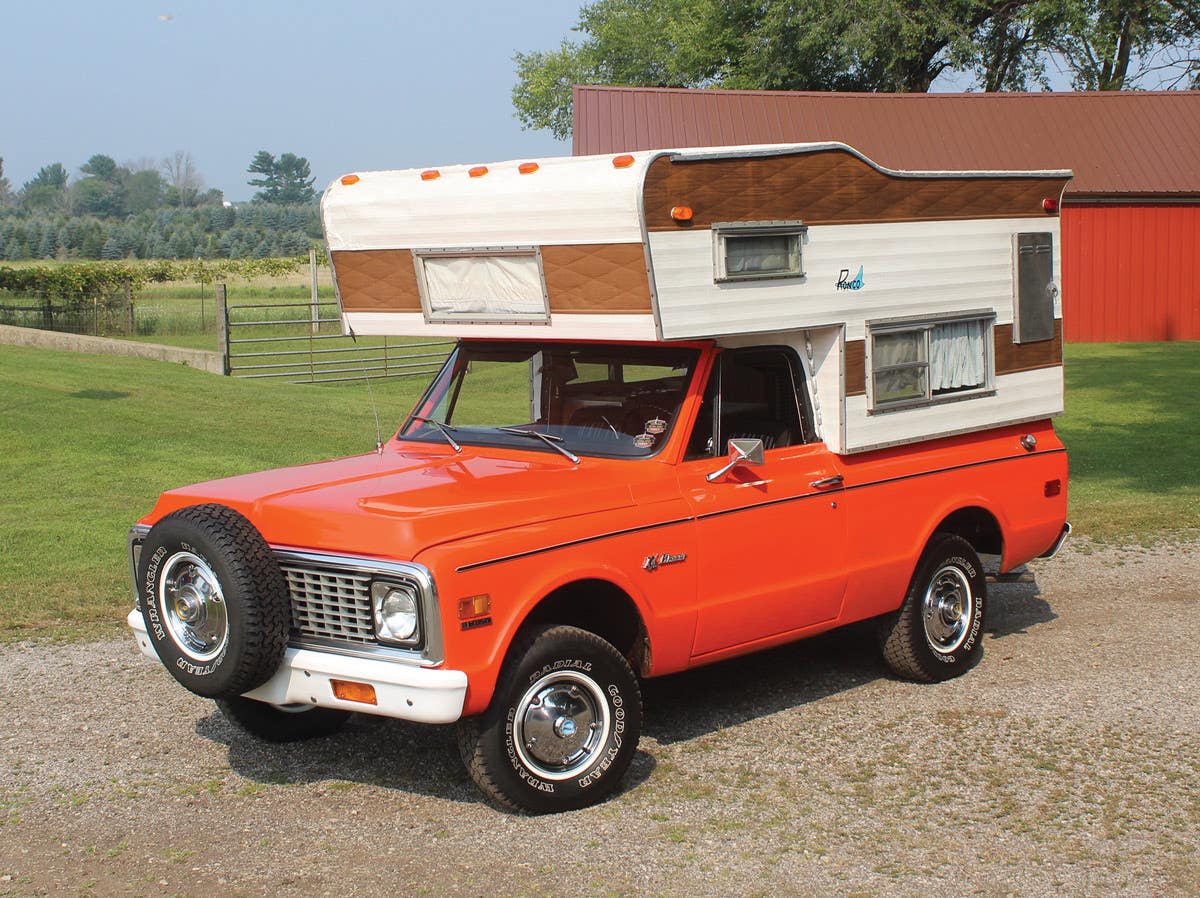Car of the Week: 1971 AMC Hornet SC/360
This one-year-only 1971 Hornet SC/360 is a rarity with only 784 of the hyper Hornets ever built, and only a relative handful remain.
American Motors Corp. became the go-to car builder for quirky, colorful and — in some cases — low-production muscle cars in the late 1960s and early ’70s. AMC muscle machines typically had loud, Type A personalities. There was the patriotic SC/Rambler and Rebel Machine; hairy little two-seat AMX; Javelin SST; Matador X; and eventually even a Gremlin X. It was an interesting cast of characters for sure.
Certainly one of the oddest ducks on the AMC farm, and perhaps the least understood and most overlooked as a legit pavement eater, was the one-year-only 1971 Hornet SC/360. Just 784 of the hyper Hornets were built, and only a relative handful remain. Most car guys probably don’t remember them at all, or at least haven’t seen one in years.
For some guys, like Greg Piecynski of Plover, Wis., SC/360s are Holy Grail-type cars. They aren’t nearly as uber-expensive as the Hemis and Shelbys of the world, but they are almost as hard to find. Pieczynski knew for a long time that he had to have one, and he was willing to wait as long as it took. His patience was rewarded when he landed his impressive green-on-green SC/360 about four years ago.
“I looked for about 30 years. I did find some for sale, but they needed a lot of work, and to try to find those parts is really tough,” says Piecynzki. “So I tried to buy the most complete car I could… They’ve got a registry for these cars, and they are estimating there are probably about 100 left in the world, and that includes automatics, four-speeds and three-speeds. When I got this one, yeah, it was the nicest one I had ever seen.”
It’s hard to believe by looking at the nearly flawless green AMC today, but it was driven into the ground and then left for dead in its first life. Fortunately, Pieczynski isn’t the only guy around who covets the SC/360s and will go to great lengths to have one.
“I came across this one about four years ago in Alabama. The guy that restored it was a guy named Bill Smith. He lived in Kansas and this car came to a dealership in Osage City, Kansas,” Pieczynski notes. “He owned another SC/360 at the time and he drag raced it. He was looking for another one to drive, and this dealership got this green one in. He saw it on the lot and called them up and said he was interested in buying it. The dealer told him it was sold already, so he told them if it ever came back in a trade or whatever, to let him know. What I heard is that a guy bought it for his wife, because she was a mail carrier. So apparently this car spent 100,000 miles carrying mail! …The guy that restored it said when he got it, there was so much mud in the right rear quarter panel, he said, ‘I believe the story.’ This car had to have been a mail car.”
The dealership that sold the car originally did eventually get the car back in trade, but it was so far gone they junked it.
“It was in a local junkyard, because it was in such bad shape and had so many miles on it. So he went to the salvage yard and bought the car and restored it.”
before he found this wonderfully restored example. It apparently served as a rural mail car early in its life,
and later wound up in a junkyard. Brian Earnest
AMC Kept Its Foot On The Gas
American Motors thought that it was “introducing a sensible alternative to the money-squeezing, insurance-strangling muscle cars of America” when it advertised the all-new Hornet SC/360 in the December 1970 issue of Motor Trend magazine. Little did the company realize that it was also bringing out a rarity. Although it expected to make 4,000 of the cars and optimistically suggested that 10,000 sales might be possible, only 784 were ever built. That’s what makes the SC/360 an especially interesting car. The model was never offered again, although a fairly mild version of the 360-cid V-8 was offered in other Hornets for a while.
“They had a signature muscle car for ’69, ’70 and ’71. In ’69, they had the Rambler-SC/Rambler; then, for 1970, they came out with the Machine Rebel. Then, in 1971, they decided to come out with these, but by then, the insurance companies were already getting wise and clamping down on muscle cars,” says Piecynski, who also owns a stellar 1968 AMX. “So AMC thought, ‘We’ll do one last hurrah. We’ll take Grandma’s Hornet, stuff a V-8 in it, with Ram Air, and a Hurst four-speed in it.’ But the insurance companies weren’t quite that naïve and they figured it out. If they knew it was an SC/360, you were going to pay for it.”
horsepower and not a lot of bells and whistles. Brian Earnest
automatic or three- or four-speed manual transmissions. Brian Earnest
The compact Hornet replaced the Rambler (formerly Rambler American) for 1970. It was efficiently sized with a 108-inch wheelbase and short 179.6-inch overall length. It was only 70.6 inches wide, despite having wheel wells that looked large enough to stuff in racing slicks. The largest engine at first was a 304-cid V-8, but that changed when the 1971 SC/360 was introduced.
A 360-cid V-8 with 245 hp was standard for the base price of $2,663 along with a “three on the floor” all-synchromesh transmission, a heavy-duty clutch, D70 x 14 Polyglas tires, 14x6 mag-style wheels, a Space Saver spare, rally stripes and individually reclining seats. For $199 more, you got the Go-Package with an AM 4300 Model 1RA4 four-barrel carburetor, the 285-hp power plant with dual exhaust, a functional flat-black Ram Air hood scoop, a handling package, raised white-letter tires and a big tachometer. A four-speed manual gear box with Hurst shifter or a Borg-Warner Shift-Command automatic (for $237.85) and a choice of 3.15:1 (with automatic) or 3.54:1 and 3.91:1 rear axles with a Dana Twin-Grip differential were other options
A Hot Rod road test of the SC/360 was printed in the December 1970 issue of the magazine. The virtually out-of-the-box car, fitted with the automatic, was put through its paces five times and turned in a top performance of 94.63 mph in the quarter-mile with a 14.80-second elapsed time. Can Am driver Steve Diulo then wrung it out on a road racing course and summed it up as a great little car with slow steering that was “really a lotta car for the money!” Two other advantages were that it avoided a 25 percent surcharge insurance companies were levying on other muscle cars, and that it got fuel economy as high as 17 mpg in freeway driving.
Apparently not many of the fiery 360 versions of the Hornet came in Meadow Green. “Supposedly only four were made this color … Most of them were blue or mustard yellow; once in a while red,” Piecyznski says. “It’s a lot of green. You gotta like green!” he laughs. “I didn’t have too much choice in it, but I like the color.”
Creating A Buzz
Pieczynski says his green Hornet was pretty well known in AMC circles after the previous owner began showing it and collecting trophies after he finally restored it. Collecting hardware wasn’t really what Pieczynski had in mind, however. He was mostly fixated on winning the chase to finally find one and be able to own and enjoy a car that he had pursued for many years.
“I’m not into the trophies that much, I’m just into the uniqueness of the car,” he says. “Mostly, if I take it to car shows, people say, ‘Oh, it’s a Hornet, we had a Hornet. I remember those!’ But what they don’t realize is how rare these particular ones are and they only had 784 of these built. But once in a while, you get a guy that really knows what these are, or who worked at the Kenosha [Wis.] AMC plant and they can’t believe their eyes, because you never see these anymore. A lot of people don’t know they were ever even produced.”
As far as he knows, Piecyznski’s Hornet was restored back to its original factory configuration: automatic with the Go-Pack, AM radio and optional Magnum 500s. “And, of course, the famous Rambler seats that fold down!” And was the luggage rack ever used to carry bags of mail? We’ll never know. “Maybe! I never thought of that! It’s funny to think somebody would have used a car like this to deliver mail, but back then, they were nothing special. They were just a car.”
Nothing special, perhaps, but definitely a wolf dressed as a green sheep when it came to performance. With its V-8 and short wheelbase, SC/360s just flat-out feel and sound fast, even when rolling at slow speeds.
“Yeah, It wants to go. It’s built to go,” Pieczynski adds. “And being a lightweight car, it can go. When I first got it, I tried a couple runs with her. I think it would do well against the AMX. You had the SST package, and if you got the Go-Pack, you got the Ram Air hood, and Hurst four-speed in them with a special suspension. And a lot of performance upgrades, but they only had one ad in Motor Trend magazine. That’s it. That’s all the advertising they did for them. A lot of people never even knew about them.”
But was it worth the 30-year wait? The grin on Piecyznski’s face leaves no doubt about the answer.
“Absolutely! Absolutely it was worth it. I love it!”
AMCs your thing? Here are a few more articles for your reading enjoyment.
SHOW US YOUR WHEELS!
If you’ve got an old car you love, we want to hear about it. Email us at oldcars@aimmedia.com
If you like stories like these and other classic car features, check out Old Cars magazine. CLICK HERE to subscribe.
Want a taste of Old Cars magazine first? Sign up for our weekly e-newsletter and get a FREE complimentary digital issue download of our print magazine.








